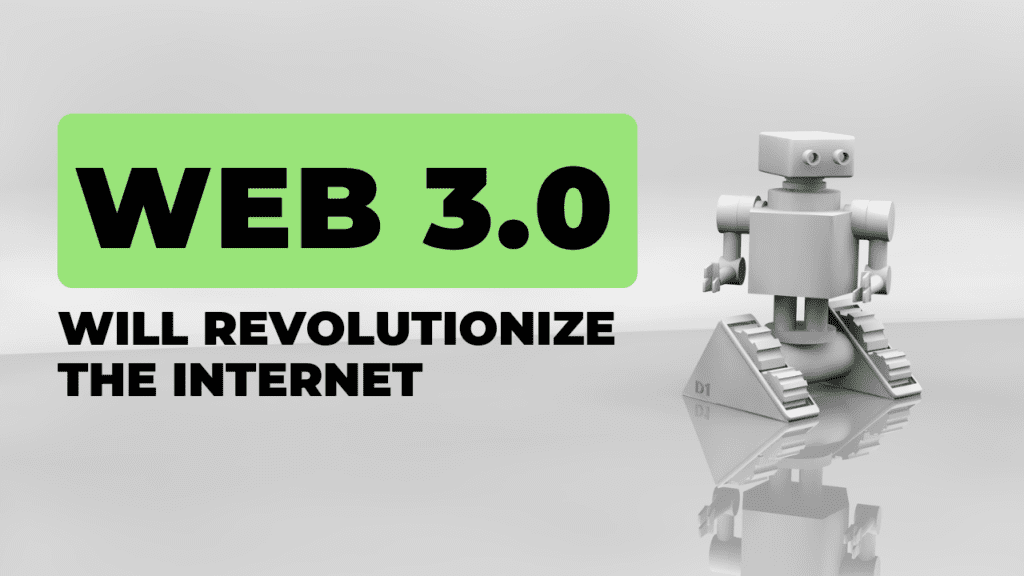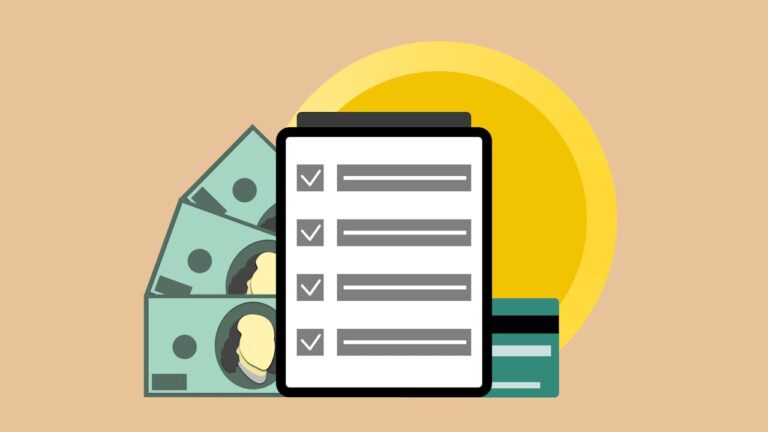How Web 3.0 Will Revolutionize the Internet as We Know It

The internet is poised for its most monumental transition since its inception – the shift towards a “Web 3.0” or the metaverse paradigm built on decentralization, transparency, user ownership, and open innovation. This emerging iteration promises to fundamentally transform the way we interact online by leveraging blockchain technology to hand power back to individuals and communities.
So what exactly constitutes Web 3.0 and why is it set to disrupt digital experiences so profoundly? At its core, Web 3.0 refers to the decentralization of Internet architecture and governance through blockchain, decentralized computing, token-based ownership models, and autonomous organizations. This effectively allows internet activity to shift away from Big Tech silos and servers and towards peer-to-peer, user-run networks.
The consequences for innovation, transparency, and equitable participation could be immense. Here are five key ways Web 3.0 stands to revolutionize the Internet:
Democratized Platform Power
Today’s web is dominated by a handful of major tech platforms like Google, Amazon, and Facebook that capture vast data and value while limiting transparency.
Web 3.0 flips this model by avoiding centralized intermediaries altogether. Applications are instead built on public, transparent blockchains accessible to anyone. This shifts power directly into the hands of users.
Web 3.0 Permissionless Innovation
Closed gardens run by incumbent tech giants like Apple tightly control app development on Web 2.0, compromising permissionless innovation. However, Web 3.0 facilitates open experimentation and collaboration for creators through decentralized code repositories like GitHub and autonomous networks. This unbounds innovation potential.
User-Run Economies
On Web 2.0, centralized intermediaries like Uber tightly govern participation, fees, and incentives. However, Web 3 empowers users to build their own token-based economies, ownership structures, and governance systems under decentralized autonomous organizations (DAOs). This boosts transparency and equitable participation.
Expanded Ownership Rights
Web 2.0 concentrates ownership of content, data, and digital assets in the hands of tech intermediaries. But by leveraging blockchain-based credentialing and digital wallets, Web 3 gives users sovereign ownership over their data, in-app purchases, identities, and digital content. Ownership rights expand greatly.
Reinvented Business Models
Web 2.0 businesses centralize value creation with closed data silos and profit-driven algorithms. But Web 3.0’s open ecosystem of user-generated data, assets, and activities sparks entirely new blockchain-based business models such as NFT marketplaces, metaverse worlds, crypto gaming, and the tokenized creator economy.
The transition has already begun
We are still just in the opening phases of Web 3.0’s arrival, but its building blocks are already firmly taking shape: Platforms leveraging blockchain, machine learning, and crowd computing for decentralized apps offer early glimpses into Web 3 behavior. These include Ethereum, Tezos, Cosmos, and Polkadot.
Meanwhile, major internet players are proactively embracing elements of Web 3 whether through metaverse plays (Meta), decentralized cloud computing services (Microsoft Azure), or crypto integration (PayPal). And venture investment into Web 3 startups focusing on decentralized or crypto-powered alternatives to incumbent platforms is exploding.
To be sure, skepticism remains in some quarters around the viability, adoption momentum, and risk management of this next-gen internet vision. Challenges with scale, complexity, security, and regulation persist. But Web 3 is no longer an abstract concept – the technological and entrepreneurial momentum is very real.
At its core, Web 3.0 simply represents the Internet coming full circle back to its original vision – an open, permissionless, user-powered network. For those dissatisfied with existing digital experiences and governance structures, the lure is strong.
A Parallel Digital Universe
Rather than replacing Web 2.0 outright in the near term, the emergence of Web 3 is more likely to expand internet experiences into a dual reality straddling both models concurrently: Existing platforms and apps on one side, decentralized user-built networks on the other.
This allows consumers to pivot experiences back and forth based on preferences around ownership, transparency, identity, and governance. Over time, network effects and scalability improvements could allow Web 3 models to mature into the mainstream.
And while the early days of Web 3. come rife with volatility, uncertainty, and obstacles in achieving mass adoption, its principles offer a profoundly hopeful vision for the future of digital experiences – one centered on equitable participation, transparency, and permissionless innovation.
Much as open-source software and collaborative networks disintermediated entire industries over the past 20 years, Web 3.0’s user-run ecosystem could fundamentally rewrite the rules for how value and power get architected online.
In that sense, the disruptive impact of blockchain, decentralization, and token-based community ownership models on the internet’s future is just getting started. Web 3 may well represent the people-powered web we always wanted but never fully achieved – until now.
Read More:

